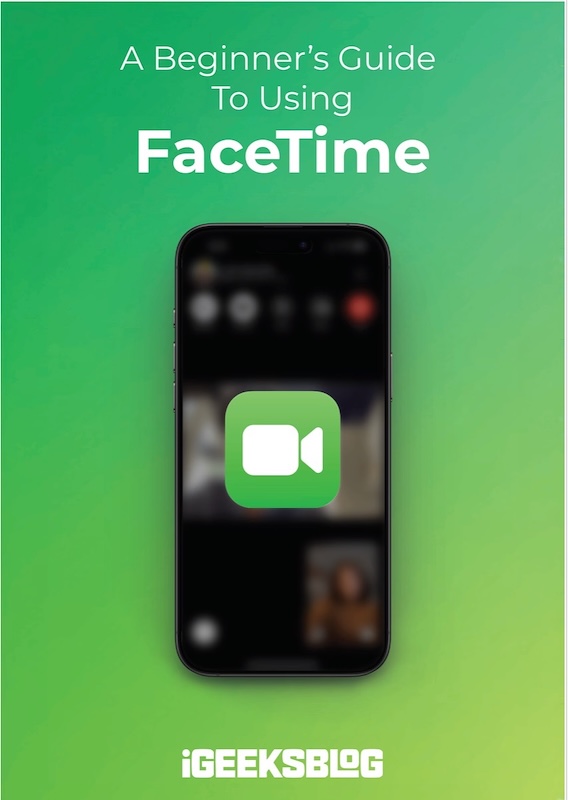
FaceTime Like a Pro
Get our exclusive Ultimate FaceTime Guide 📚 — absolutely FREE when you sign up for our newsletter below.

FaceTime Like a Pro
Get our exclusive Ultimate FaceTime Guide 📚 — absolutely FREE when you sign up for our newsletter below.
Seeing pop-up messages while browsing the web can be annoying. However, these pop-ups can sometimes be helpful as they convey important information, warnings, notifications, or error messages related to the activity you are trying to perform on the website.
In this article, we will show you how to enable pop-ups in Safari on your iPhone, iPad, and Mac and go over everything else you need to know about pop-ups on websites.
Pop-ups are small windows that appear on your screen while you’re on a website. They may carry instructions, warnings, error messages, prompts, and other information related to the specific activity you’re trying to perform on a website.
In addition, pop-ups on websites may sometimes let you perform actions without leaving the current page. Sign-up forms, subscription forms, media players, and shopping cart confirmation prompts are some useful pop-ups. You can close the pop-ups once you read the message or perform the action.
While pop-ups are useful, it’s also important to note that you may sometimes see pop-up messages for advertisements or deceptive links that lead you to another website. Furthermore, several websites force you to subscribe to notifications from pop-up windows.
You may encounter such pop-ups on websites that contain a lot of advertisements. On websites that aren’t secure, you may encounter malicious pop-up windows that can compromise your safety and information. It’s important to be mindful of websites and their nature before interacting with pop-ups.
As mentioned earlier, pop-up messages on safe and legitimate websites provide important information regarding the tasks you are performing. Understanding error messages, warnings, and confirmation messages through pop-up windows helps you complete the task at hand without difficulty.
Moreover, a few websites rely on pop-up windows that ask for input from the user. This may include clicking on confirmation buttons to complete your tasks. As such, it’s important to enable pop-ups for legitimate websites so that you can complete your intended tasks without problems.
Here’s how to enable pop-ups for Safari using the Settings app on your iPhone and iPad.
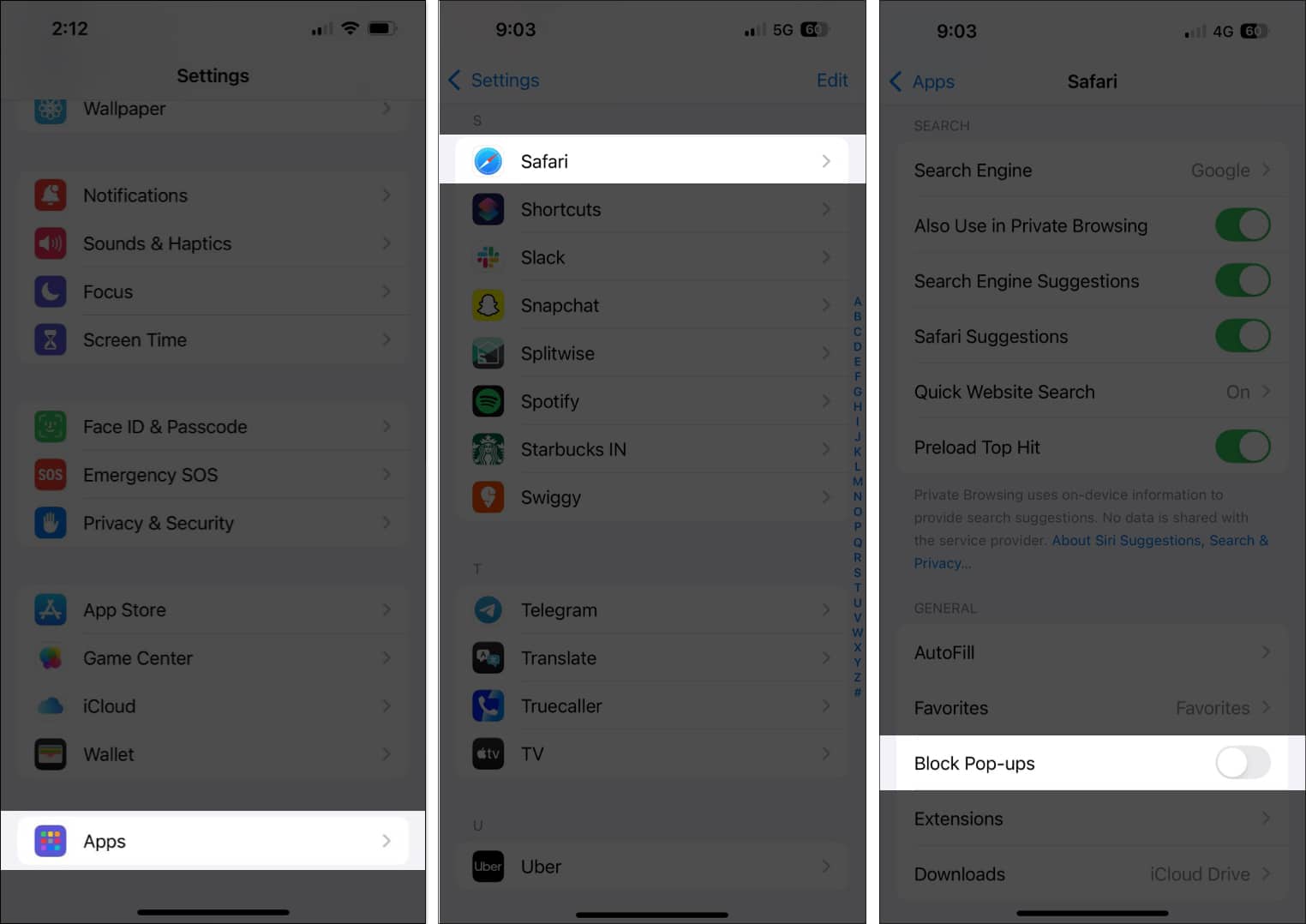
Unlike iOS and iPadOS, Safari on macOS allows you to allow pop-ups for all websites as well as a few specific ones. Let’s see how.
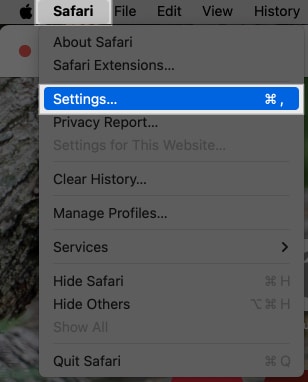

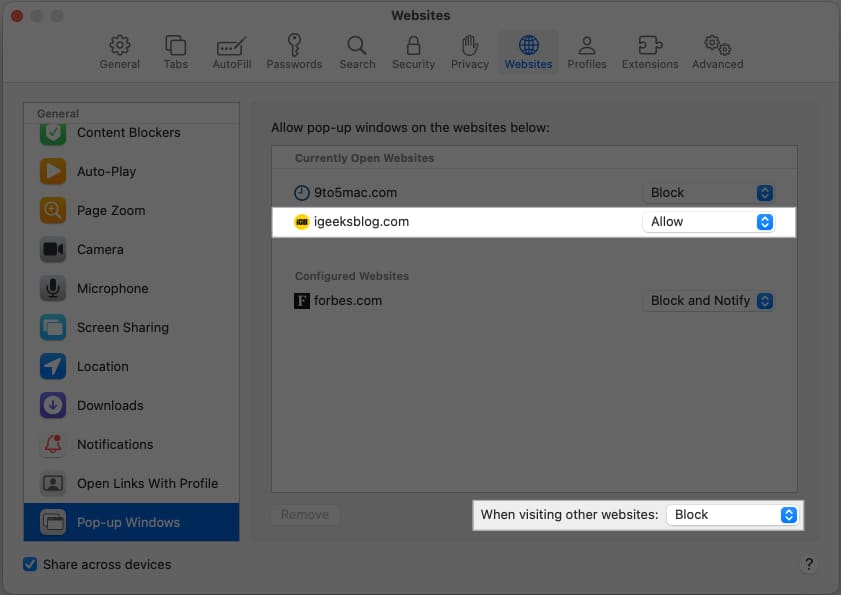
If you want to disable pop-ups in Safari, here’s how to do so on all of your devices.
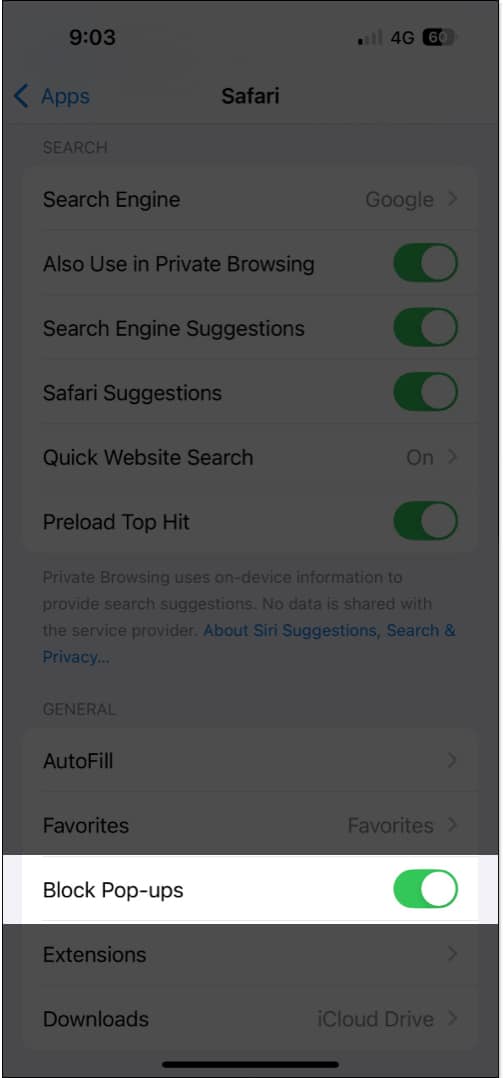
To block pop-ups for specific websites only:
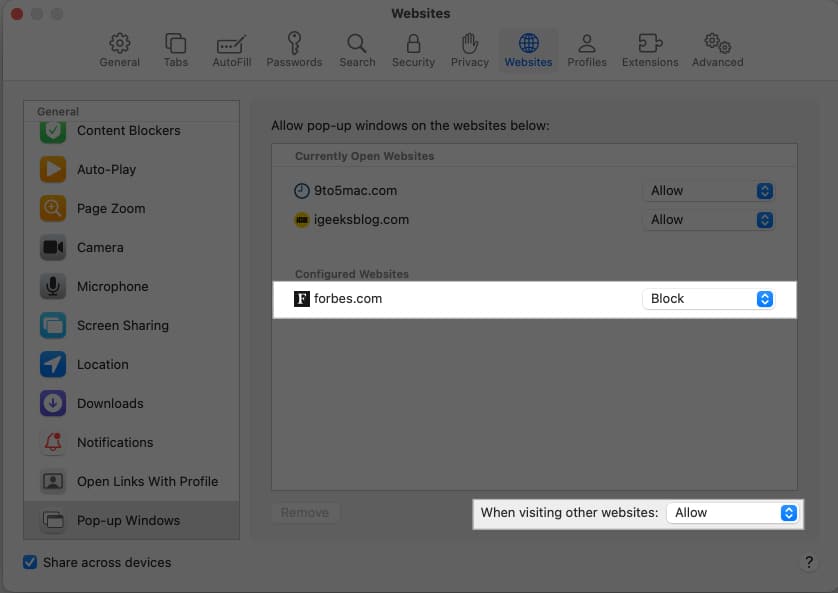
To block pop-ups for all websites:
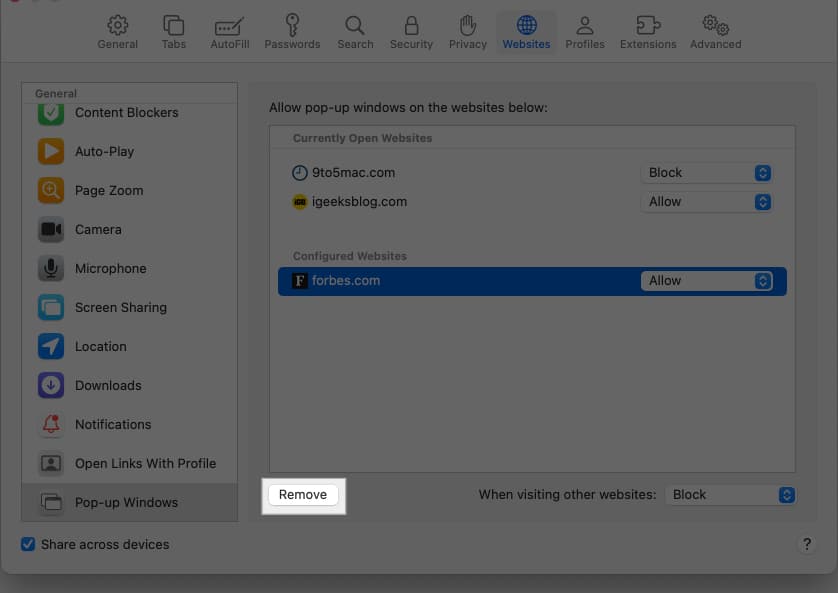
Most pop-ups that are related to the task you are performing on the website are safe. At times, you may encounter pop-up windows for advertisements, but they’re harmless and disappear once you close them.
However, you must know that pop-up windows can be used to send deceiving messages and lure you to other websites that may be malicious in nature. Plus, pop-ups can also force you to subscribe to notifications, which, in most cases, are unnecessary and will end up spamming your device.
At times, identifying unwanted pop-ups can be challenging. Here are some of my recommendations to ensure your safety:
Wrapping up…
We hope this article helps you deal with pop-ups in Safari on your iPhone, iPad, and Mac. Enabling pop-ups for just the necessary websites is the recommended way to maintain safety without sacrificing functionality.
While it’s possible on macOS, I wish Apple had introduced the feature to control pop-up settings for individual websites on iPhone and iPad. Is it something we can expect in iOS 19? Do let us know your thoughts in the comments section below!
If you have any further questions, you can take a look at the FAQ section below.
FAQs
Apple prioritizes user safety and security while browsing the web. Pop-ups are disabled by default to eliminate any chance of privacy or security breaches on your device.
Pop-up windows that are designed to be a part of the website cannot be disabled. They are embedded inside the page and technically aren’t pop-up windows that can be disabled.
No. Pop-up settings aren’t synced across your devices. You will need to enable/disable them on each of your devices.
Also read: